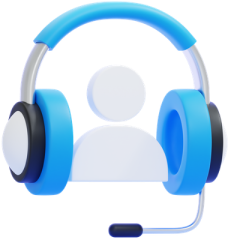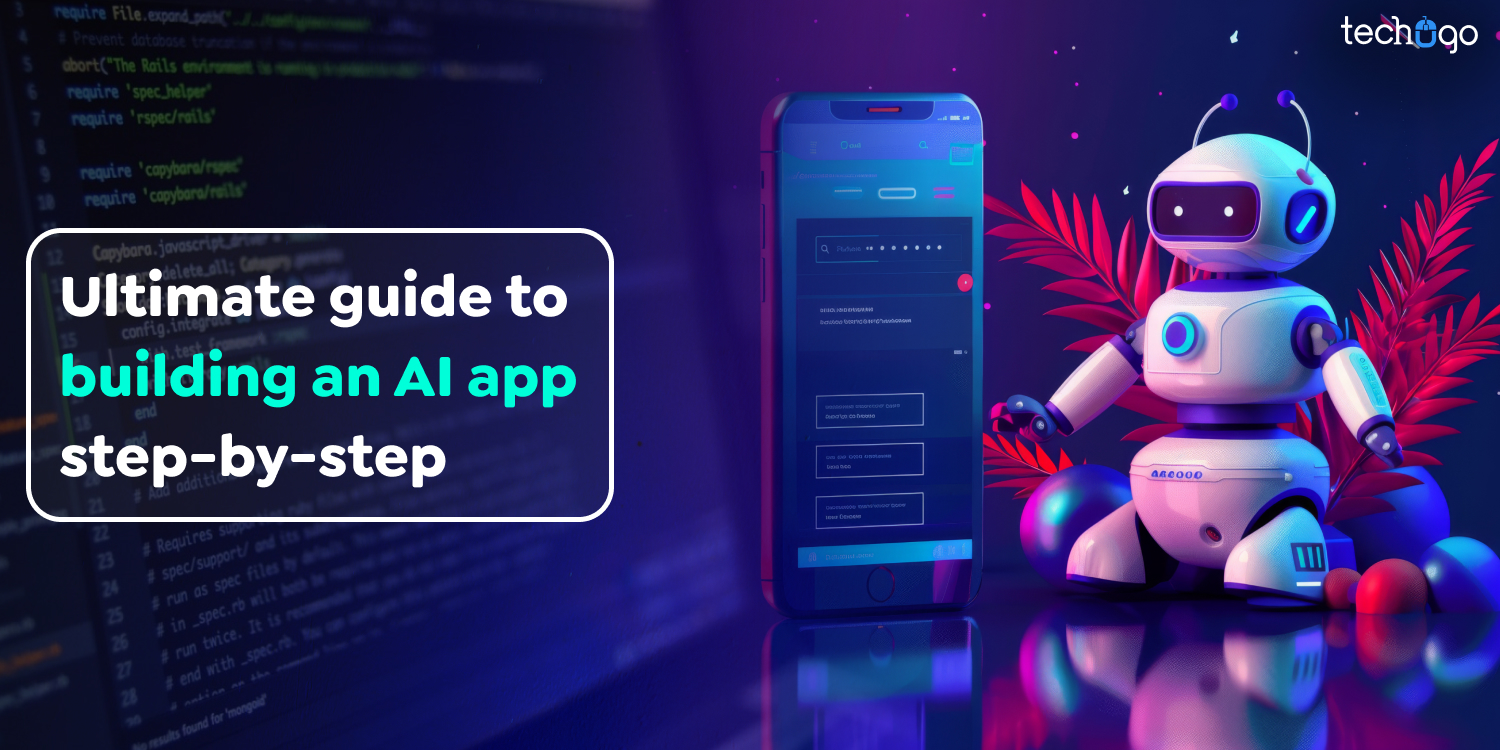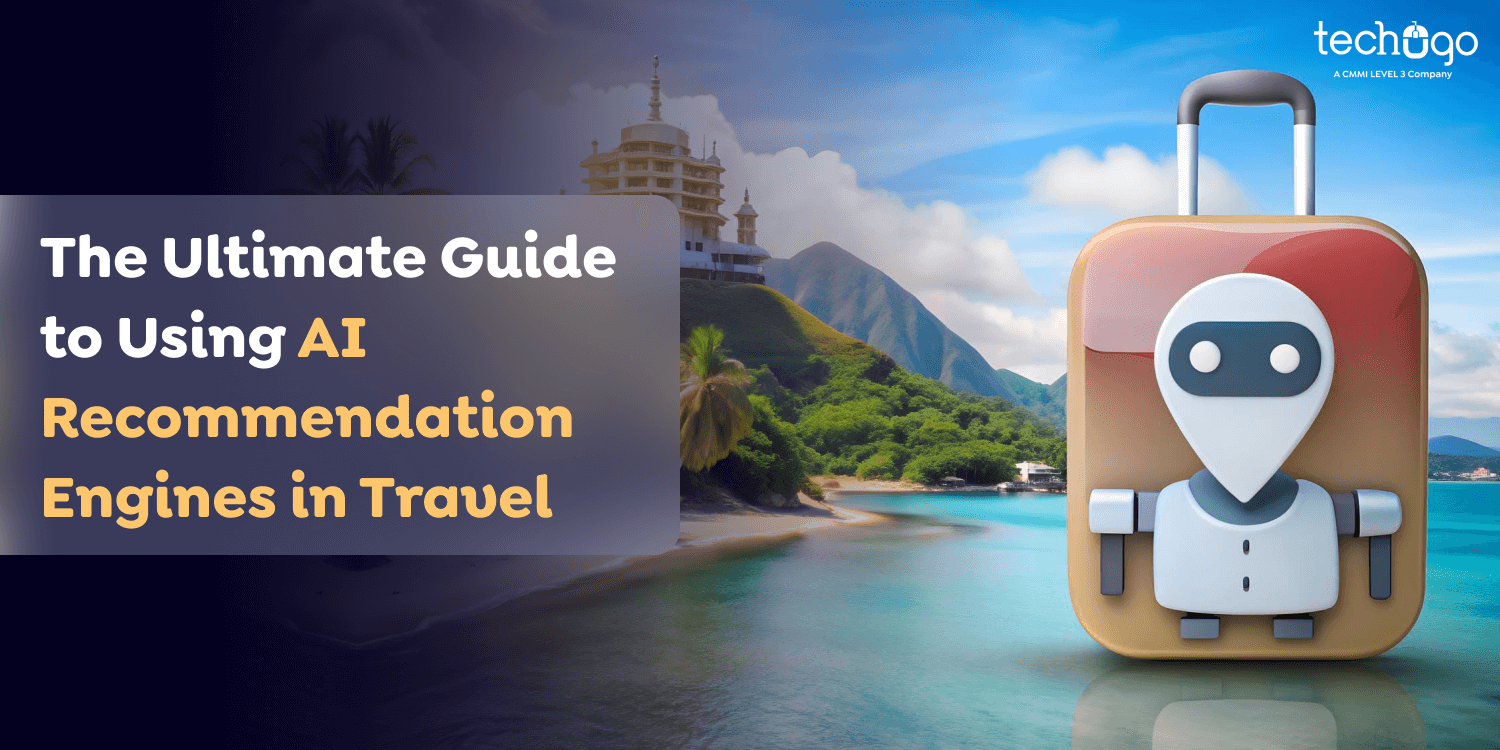6 Aug 2024
Updated on January 31st, 2025
How to Build a Fitness App: A Step-by-Step Guide
Matthew Connor
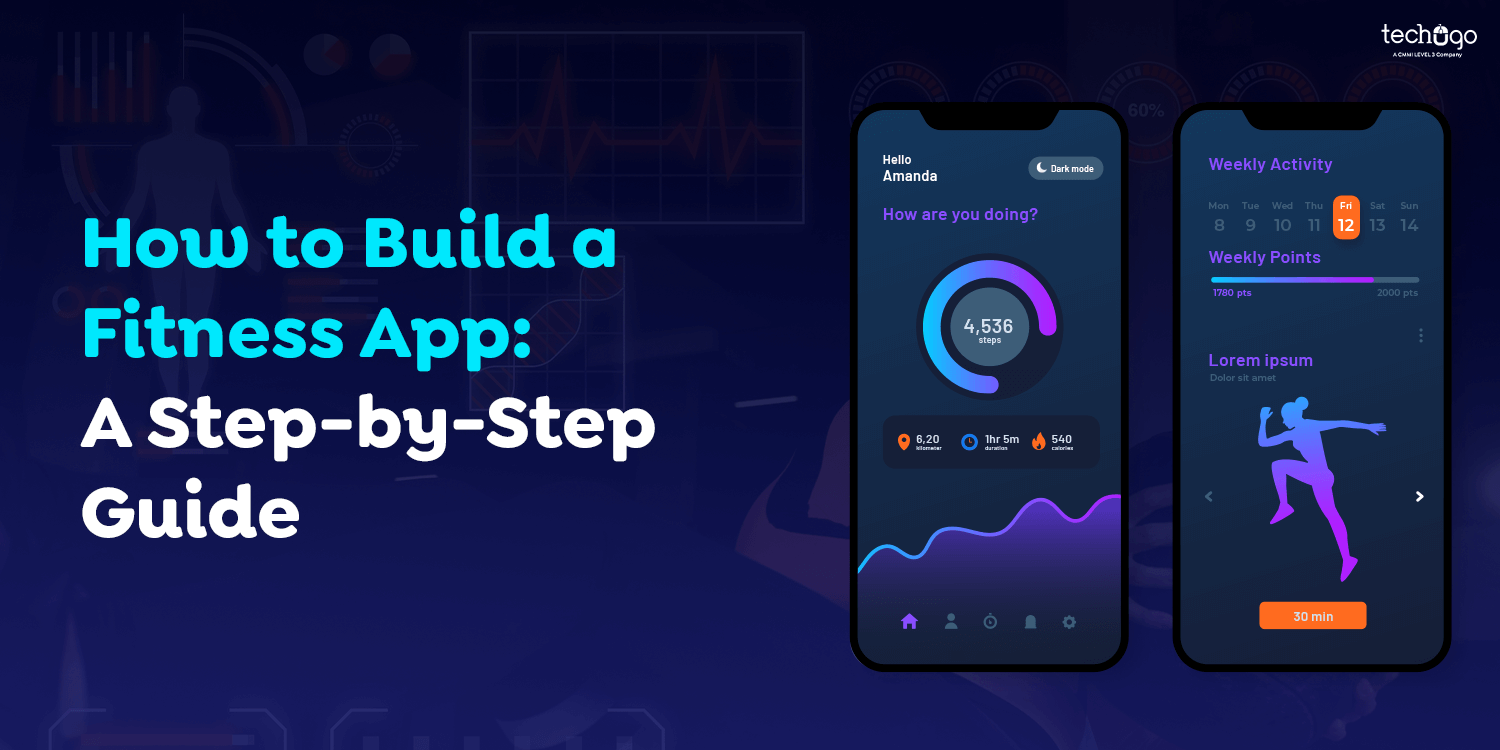
You’re looking to expand your fitness-related business and have decided that developing and owning an application is the next step. You’ve seen other fitness-related content creators leap, but you’re unsure what’s required.
Is it expensive to hire an entire team of developers and a fitness app development company? Do you require special expertise in the process of developing apps?
There may be a method for making your fitness application idea a reality and putting it in the eyes of your customers without the expensive and lengthy learning curve.
This simple-to-understand step-by-step covers everything you should know about fitness app development. You’ll discover how to think about the idea, design, and build your fitness application without being a code master.
You’ll also discover how easy it is to open your app and learn how to keep your users.
Before we get into the steps of how to build a fitness app, here is some information regarding the market for fitness apps that you need to be aware of. The information will assist you in fitness application development.
The Fitness App Market at a Glance
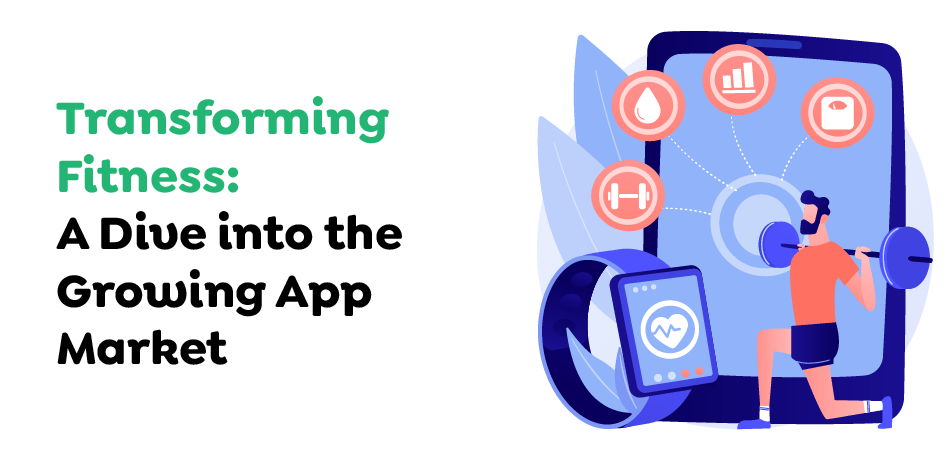
Fitness apps were popular during COVID-19. People needed a way to maintain their fitness levels, and lockdown became challenging but easier to navigate with a sense of routine. The exciting thing is that, even after all these years, this increase in the use of fitness apps hasn’t diminished.
Watch-time has also doubled its exclusive content for members. Mobile apps are available on tablets, phones, and smart TVs, and users want to watch content they love on their devices.
A Growing Market
The global market for fitness apps, valued at USD 1.5 billion by 2022, is projected to expand by USD 1.7 billion in 2023 and reach USD 6.5 billion by 2031.
An image shows fitness-related apps within the workout and exercise app category, the fastest growing and largest segment, outdoing fitness and nutrition-related apps.
The growth of wellness apps has been about more than just the number of applications coming on the market. You must be wondering how much does it cost to build a fitness app?
The cost of a fitness-related app per user has grown by $13.92 and $17.84 between 2023 and 2024. According to Statista, users can spend more than $22.55 by 2026.
Of the major companies in the fitness apps market, just two companies, Strava and Fitbit, hold a greater than 10% market share. The most popular fitness apps make up 47% of the fitness app market, which leaves room for new players to grab some of this vast and expanding pie.
Types of Fitness Apps
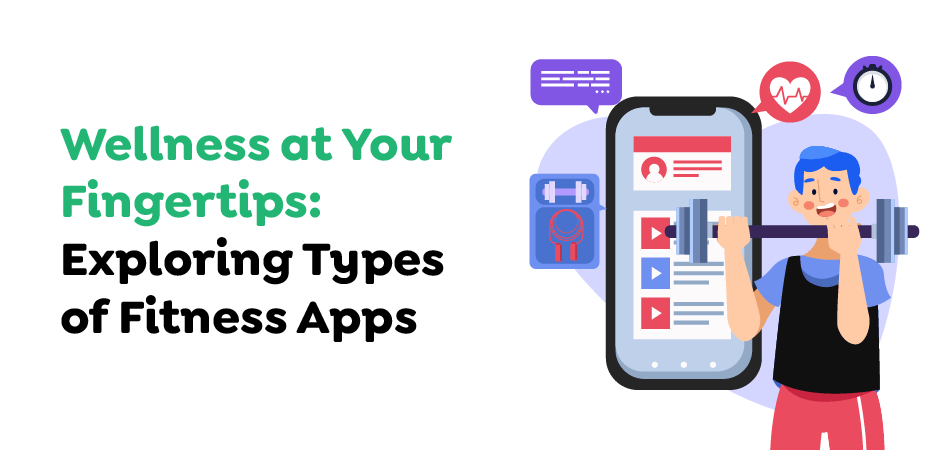
If you’re looking to build a fitness app, you must take note of the many options in this area. It could be a meditation or fitness plan app; each has distinct characteristics and features.
Activity Tracking Apps
These apps for mobile devices promote an active and healthier lifestyle by keeping track of users’ activities throughout the day. Activity tracking apps monitor and count users’ daily steps, workout information, sleep data, calories burned, and more. These apps track the user’s activity using:
Geolocation measures distance as well as speed and also monitors routes.
An accelerometer measures the number of steps you have taken and monitors the pace of your steps while you run or walk.
Many activity-tracking apps are compatible with wearable devices like Apple Watch or Android Wear. ASICS RunKeeper is a well-known model in this area. Designed for runners and walkers, the RunKeeper application can monitor swimming, walking, running, and many other activities.
Apps for Working Out
Workout app development is an app that gives you personalized workouts, video tutorials, and other workout activities on demand. Workout apps can integrate with trackers, smartwatches, intelligent scales, and other devices that provide fitness enthusiasts with a comprehensive view of their performance. The core set of features available for workout apps is like other fitness apps, such as:
- Gamification: Elements such as leaderboards, badges, rewards, and progress bars entice people to get active;
- Water tracker and Calorie tracker: certain workout apps track calories and water consumption;
- Personalization: Customized workouts are designed to meet specific health goals, calories consumed, and experience levels.
- Social sharing: It allows users to post their fitness and workout progress daily.
One instance of an exercise could be Planet Fitness, which ranked the highest number of downloads among fitness applications in the US, particularly in 2022. Planet Fitness nabbed over 18 million downloads.
Smart Coach Apps
Smart Coach is an app that uses AI-powered computer vision to ensure that exercising is risk-free and injury-free. Innovative coach solutions use real-time pose tracking and estimation to study users’ movements and provide feedback on their exercise routines. Some smart fitness apps detect equipment and suggest the correct weight for equipment such as barbells or dumbbells.
Smart coaches use motion tracking, 3D position estimation, and machine-learning algorithms to monitor body posture while exercising and pinpoint the equipment. Tempo is among the most well-known examples of AI-based fitness and health applications. Its 3D sensors within the app count reps, ensure the correct form and provide weight recommendations for users during the more than 2,000 guided workouts.
Diet and Nutrition Apps
Alongside mobile exercise guides, The weight loss category is one of the most lucrative fitness apps. These apps assist people in living better lives by offering insight into a balanced and healthy diet.
In addition, they permit users to record calories consumed, track weight, and offer free recipes. Apps for nutrition and dieting keep track of your eating habits by making use of these features:
- Food database: that lets users record their food intake easily
- Barcode: Scanning provides information on a specific product’s nutritional composition;
- Food Logger – records food intake and meals.
- Meal planner – helps decide meals in advance;
- The calorie calculator calculates the amount of calories consumed;
- Consumption of water – records water consumption per day
- Shopping list organizer – aids identify the items you should purchase;
- Recipes that are recommended and others.
Currently, MyFitnessPal is the world’s leading diet and nutrition application. It offers calorie goals, food analysis, and macros for each meal, aiding users to lead healthier lifestyles.
Meditation Apps
The market for meditation apps was worth $1.1 billion as of 2021 and will likely reach $6.8 billion by 2030. Rising global stress levels have contributed to the app category’s success. For example, approximately 87% of US people feel overwhelmed by anxiety and economic turmoil.
The wellness apps aid users in achieving peace of mind by guiding meditations, focused breathing, and various other methods. The mindfulness or meditation apps can complement mindfulness exercises and assist users with insomnia and anxiety with mood trackers, meditation timers, and sleep stories. The features of mindfulness apps can include, but are not restricted to:
- Integration of wearables – linking wearable devices to collect data on sleep;
- Gamification – rewarding users’ performance with bonus points
- Recommendations for meditation and techniques by the user’s preferences;
- Geolocation: locating users who are in the same region or providing geo-based content that is surfacing;
- Live streaming of recordings and meditation courses.
The mindfulness and meditation mobile app Calm is the top meditation app market. In 2022, the Calm app had around 8.8 million downloads within the United States.
Yoga Apps
These mobile apps offer practice and yoga on-demand for beginners and long-time yogis. Yoga apps typically include audio-guided yoga classes, structured training plans, and yoga references. The features provided in yoga apps are comparable to meditation apps, which include live streaming, geolocation, games, and personal suggestions.
Yoga-Go is among the most sought-after yoga apps. This app offers easy yoga at home and pilates exercises, which help users tone up and manage their moods.
Move-to Earn Apps
In line with the cryptocurrency craze, Move-to-earn applications reward users for their exercise and are typically built on blockchain technology. These games-like apps pay players with tokens or crypto for exercising.
The rewards can then be used to purchase in-app purchases. Users can also exchange their rewards with exchanges or invest them in other cryptocurrencies.
One of the essential fitness app features in the category is gamification and blockchain—some apps for earning money by moving on immersive technology to provide the digital experience.
DEFY is among the pioneers of location-based move-to-earn games. Based on augmented reality, the app lets players immerse themselves in a virtual world where gamers join an evil tech company, a revolutionary combat. Users earn FCOIN rewards for completing games-related tasks.
Essential Features for Fitness App Development
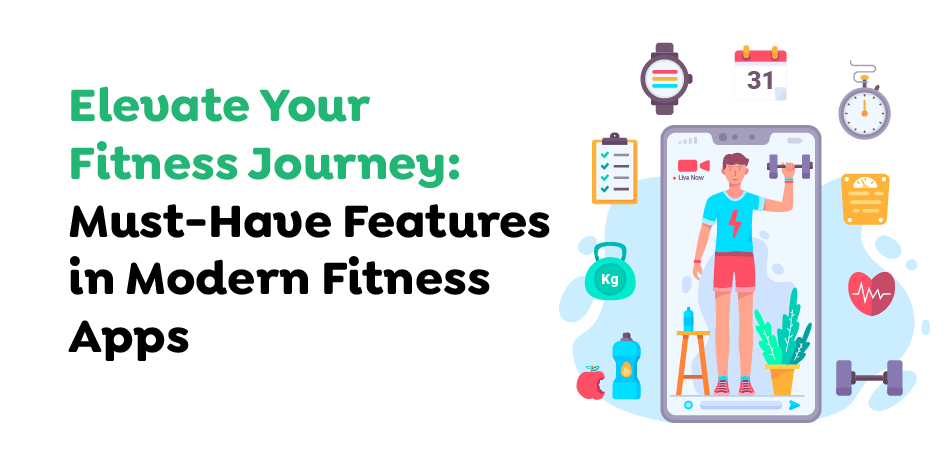
While all wellness apps are distinct, they share fundamental features, such as user login and addressing gateways. The list of the most essential features is below:
Authorization Features
Your apps should allow users to sign up or log in with multiple choices, such as social sign-up, email, and phone sign-up. Sign-ups can be followed by an easy onboarding that guides your user through the core functions of your app. It can also provide an in-app message as users sign up for the first time on the application.
User Profile
Profiles keep user information about the user’s height, age, weight, fitness levels, and other data. The app then uses this data to design an individual workout plan. Users can track their progress by creating an account and viewing completed exercises.
Workout Menu
The most common methods for exercise demonstrations are pictures, 3D animated models, videos, and explanations. Other menus differ according to the type of app. For instance, workout apps show the calories burned, duration of the app, and intensity, whereas yoga apps are focused on correct techniques and precise descriptions.
Notifications and Reminders
Positive and non-intrusive notifications encourage users to return to your application, complete an exercise program, or earn a reward. The app gently reminds users of forthcoming training sessions and live streams from experts and notifies them when other community members react to their improvement. It also allows users to begin a workout directly through notifications.
Statistics
Tracking user progress provides more motivation and accountability to users on their fitness journeys.
Your application must show users’ fitness goals and help them reach them through diagrams, charts, bar charts, animations, stats, and various other elements of visual design.
User Activity Tracking
The app will collect information about user activities from multiple sources. In particular, sensors built into smartphones, such as accelerometers and GPS, can determine the number of steps taken and transmit the information to the application.
Wearables are a different source of activity-related data that measures sleep quality, heart rate, fat-burning duration, and the intensity of daily activities. However, you must connect your app’s third-party APIs to a wearable.
Third-party Device Connectivity
It is also possible to connect your application via other platforms. Connecting to third-party devices can help the application comprehend the user’s lifestyle, food habits, and activity levels. Using third-party APIs, your application can connect to various smartwatches, trackers, intelligent scales, and other gadgets to gather activity—or body-related information.
Fitness Database
Users will switch to a different app if their fitness app cannot offer various workout options, exercises, or food items. It is better to let users select the type of activity they want to participate in by creating a comprehensive fitness database. An assortment of exercises will assist the user in preparing every muscle group, and the wide variety of meal choices can provide a diverse eating plan.
Additional Features of Your Fitness App
The basic features you have will be enhanced by other, more advanced features that enhance engagement, interaction, and options for application personalization. The additional features include:
Live streaming
In addition to on-demand workouts, the app will stream live workouts hosted by fitness influencers, yoga experts, or nutritionists. In this scenario, selecting an efficient content delivery network or hosting solution and a storage service is essential.
Social sharing
Sharing progress on your fitness with your friends is the most effective method of keeping yourself accountable. Social media integration can allow participants to publish their fitness achievements via their preferred social media site. This feature could also give more coverage for your application if the link to your app is automatically included in the shared post.
Community and leaderboards
Leaderboards boost engagement through social interaction. For instance, they classify users based on their fitness level, including calories burned and distance walked.
To rank, users receive points when they complete a task or meet an objective. Additionally, you can incorporate gamification components such as badges and rewards to encourage competition.
Barcode scanner
The majority of diet and nutrition apps have barcode scanners. These apps let users scan barcodes on foods to see their nutritional value.
They also allow you to add items to your daily diet using your smartphone’s camera. Sometimes, app creators incorporate machine learning recognition to identify vegetables and fruits without barcodes.
Geolocation
Finding the user is among the most important features of fitness apps that monitor activity. Apps can display maps using a routing overlay. They can also display the number of completed steps and the distance.
Educational content
Wellness apps also provide diet tips, workout videos, and other suggestions for staying healthy and fit. Furthermore, educational materials can be tailored to the individual’s needs and accomplishments and can be found in various formats, such as videos, podcasts, or blogs.
Goal setting
Applications that focus on physical activity usually include goal-setting tools to assist users in planning their exercises. Goals can be defined by time, weight loss, difficulty, or other criteria. Customized goal-setting will allow you to adjust goals according to the time of week and the ratio of nutrients.
Steps to Build a Fitness App
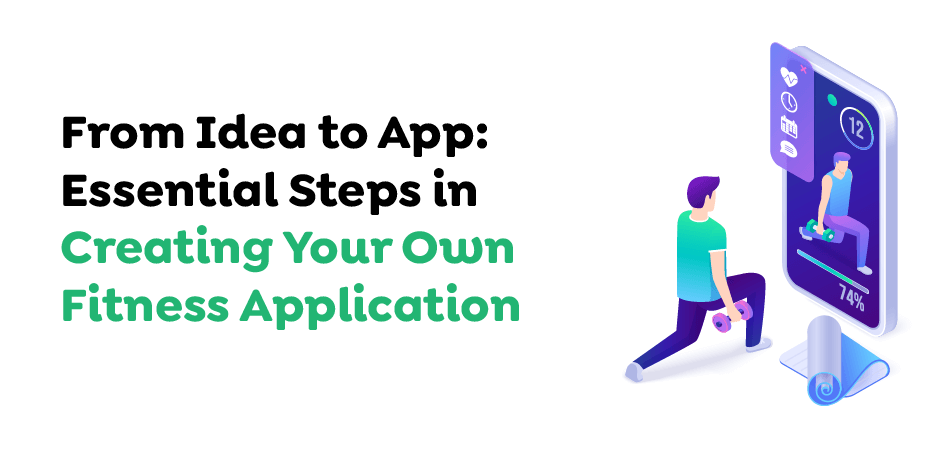
You can build a fitness application that meets your users’ requirements, stands out in the marketplace, and fulfills your business goals.
Market Research
Market Research will help you determine the primary purpose of your app and the audience you want to reach.
Determine the main goals for your application, whether they’re focused on weight loss, muscle growth, or general fitness. Know your audience’s needs, motivations, and preferences to design a fitness application that meets their needs efficiently.
Examine the competition, spot areas of opportunity, and gain data on the most well-known and well-received features in current fitness apps. This will help you build a unique value proposition that differentiates your app.
Plan the App’s Features
Based on your research and your users, choose the essential features for your app, such as fitness libraries, customized plans, activity and nutrition tracking, progress analytics, gaming, and social elements.
Choose the Right Technology Stack
Choose the right technologies, frameworks, and tools to build apps, considering compatibility across platforms, scalability, and maintenance to build a fitness app.
- The framework–Do you plan to utilize JavaScript-driven React Native, Dart-driven Flutter, or another cross-platform framework? Decide this in advance.
- Integrations—Does your application need to connect with third-party APIs or be integrated using social networks like Facebook? The software and services you select will impact these integrations, so you should do your homework.
- Payment systems – How will users pay for services they avail in the app? If you’ve hired vendors, such as fitness instructors, who are paid per download or click, What method will they be paid? What is the procedure for accepting payment for sponsored ads? The solution you choose will have a practical impact on that.
Create a User-Friendly Fitness App UI/UX Design
Design a simple, attractive, visually appealing, and user-friendly interface to enhance the user experience. Ensure the app is user-friendly and suitable for people of different abilities and fitness levels.
Assembling a Team
If you are trying to choose the right team to build a fitness app, there are a variety of possibilities to think about:
- In-house team: Hiring an in-house development staff allows you to communicate directly with your team, have complete control of the process, and have a thorough knowledge of your project. However, recruiting, training, and managing the right team of skilled developers is labor-intensive and expensive.
- Offshore development team: Outsourcing an app development company in Canada will save you time and money and provide access to a variety of highly skilled professionals. This option is flexible since you can increase or decrease the team size to meet your project’s needs. This also guarantees that the offshore team is dedicated to the project, aware of your objectives, and adheres to your timeframes.
- Freelancers: While freelancers can provide specialized expertise at a lower price, they can only sometimes offer the dedication and availability required for long-term projects. Project management and communication can be challenging and lead to delays and inconsistent outcomes with your final products.
- Recruitment agencies: Companies like traditional hiring agencies, assist in finding skilled developers. However, the process could be lengthy and costly. In addition, hiring agencies might not be aware of your project’s requirements, which can lead to a gap in skills and project needs.
Develop an MVP (Minimum Viable Product)
Create a more accessible version of the fitness app focusing on the core capabilities and features. An MVP lets you test the concept of your app using real people, collect feedback, and assess the market’s potential before investing more time and money into the development.
Develop an App
Based on user feedback from the previous stage, you can now develop a more sophisticated app that includes all the features you initially thought of.
Test the App
Conduct extensive testing throughout the creation of a fitness application to test the app’s functionality, usability, and performance. This will help you identify and correct any bugs or problems. Employ a variety of manual and automated testing, and consider conducting beta tests with real users to gather valuable feedback.
Launch, Market, and Promote the App
Launch your app in an appropriate app store (Google Play Store or Apple App Store). Adhere to the guidelines and rules. Optimize your app store listings using relevant keywords, engaging descriptions, and appealing images to increase your visibility and boost downloads.
Create and implement a marketing strategy to boost awareness and user acquisition. Use social media, influencer partnerships, content marketing, and app store (ASO) optimization strategies to reach your intended users and increase downloads.
Monitor Performance and User Feedback
Always monitor app usage, user feedback, and ratings in your app store to determine areas for improvement and potential growth. Enhance and update your app based on customer reviews and current market conditions to ensure customer engagement and satisfaction.
Conclusion
The fitness apps industry grew relatively slowly until the pandemic hit when the market grew 48.8% from 2019 to 2020. There is no way to go back. Safety for health, the increasing use of wearable devices, and the advancement of fitness technology indicate that the market will keep growing.
The fitness apps industry has strong leaders like Fitbit, Nike Training Club, Strava, and MyFitnessPal. We are convinced that we can build a fitness app that’s extremely competitive and lucrative. All you require is a competent, knowledgeable team of experts so that you can come up with a creative fitness app development solution that will make your app stand out.
Get in touch with Techugo to build your own fitness app.
Get In touch
We are excited to here from you and let’s start something special Together. Call Us for any inquiry.
Write us
sales@techugo.caJust a call away
About you
